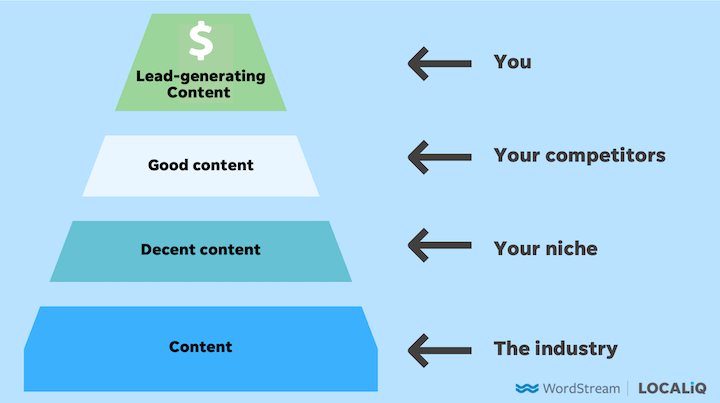For marketers, understanding content performance is key to creating successful strategies. A content analyzer can help you evaluate your content’s effectiveness by providing insights into SEO, readability, engagement, and more. Here’s a step-by-step guide to help marketers set up a content analyzer for optimal use.
Step 1: Choose the Right Content Analyzer Tool
Select a tool that suits your marketing goals. Popular options include tools like SEMrush, Ahrefs, or CopyScape. Look for a tool with robust features like keyword tracking, readability scores, and SEO optimization tips.
Step 2: Create an Account and Access the Dashboard
After selecting the right tool, create an account and log into the dashboard. This is where you’ll configure all settings and begin analyzing your content. Most tools offer a free trial, so you can explore the features before committing.
Step 3: Integrate Your Website or Content Sources
Next, integrate your website or content sources with the analyzer. This often involves connecting to your CMS or uploading existing content directly into the analyzer tool. Make sure to connect any relevant pages or blogs you want to analyze.
Step 4: Set Your Analysis Parameters
Determine the parameters for your analysis. This includes selecting the type of content you want to analyze (e.g., blog posts, landing pages, etc.), target keywords, and SEO metrics like page speed, keyword density, and meta tags.
Step 5: Run Your First Content Analysis
After setting up the parameters, run the content analysis. The tool will review your content and provide feedback on various aspects like SEO optimization, readability, keyword use, and overall quality.
Step 6: Interpret the Results
Review the analyzer’s report carefully. Look for areas where your content needs improvement, such as keyword overuse or low readability scores. This is an opportunity to refine your content strategy and improve the quality of your posts.
Step 7: Optimize Your Content Based on Feedback
Make the necessary adjustments to your content based on the analyzer’s feedback. Improve readability, adjust keyword placement, and ensure your content aligns with SEO best practices.
Step 8: Monitor Performance Over Time
Regularly re-analyze your content as part of an ongoing optimization process. Use the insights to monitor your content’s performance, and adjust your strategy as needed to keep improving your marketing efforts.
